Standard
In the analysis work, it often demanded to apply high-quality compound with the exact content being accurate in order to be compared as the detection control or used to calibrate the instrument, the compound is known as standard sample.
Standard refers to the standard substance used for measuring the potency of biological products. When the production department submits to a higher authority for approval of the quality standard of the biological product, they should also provide the standard sample (indicated in unit (μ)) used for measuring the potency of the tested product.
According to different application, the verification products can be divided into biological standard for the testing of biological products, endocrine drugs, antibiotics and other bioassay and chemical standards including:
1 chemical standards used for calibration of the instrument;
2 chemical reference standards used for calibration of the ultraviolet or infrared spectrum of the drugs;
3 control standards used for the purity test of drugs as well as the impurity control or as the control standards for content determination of the medicine.
In the page 67 of the appendix in the People's Republic of China Pharmacopoeia 1990 1st edition, we can find hundreds kinds of standards including bornyl ester acetate, eugenol and panaxadiol as well as 39 kinds of control medicine for the purify inspection of traditional Chinese medicine, impurity control or the content determination.
International standards
This refers to standard sample, with the potency units of the existing international standard sample potency units as baseline, undergoing further calibration of its potency units on the basis of a wide range of international cooperation. Its potency is expressed in 1U. For a certain product, for the establishment of the first international standard sample, the determination of its potency units should be consulted and decided by the Committee of Experts before the announcement. The international standard is a standard reference substance for worldwide preparation of national standards, so that the international standards can achieve unity.
Reagents and standards
All reagents in the food analysis laboratories should be clearly labeled to indicate the following: 1 name; 2 the date of preparation; 3 Signature from the people in charge; 4 if necessary, we need to add content such as safety and validity and so on.
Most food analysis should use standard sample as reference for qualitative and quantitative determination. The standard sample should be classified according to the following classification methods: 1 international standard; 2 national standards; 3 internal standard; 4 other standards.
Receptacle for reference standards should be clearly affixed to the label, to indicate the following: 1 name; 2 standard document number; 3 Opening times; 4 Validity; 5 Signature.
In addition, the laboratory should keep all the necessary specific files for all the necessary reference standards.
Capacity analysis standard solution should also be strictly managed. It should be clearly posted on all the standard solution containers with labels to indicate: 1 name; 2 concentration; 3 formulation date; 4 No of formulated procedures; 5 storage conditions; 6 validity; 7 Signature from people in charge.
- Chemical Name:Rice flour (amylose, low level)
- CAS:
- MF:
- Chemical Name:HYDRANALCOULOMATAG-H
- CAS:
- MF:
- Chemical Name:HYDRANALIMIDAZOLE
- CAS:
- MF:
- Chemical Name:4-RINGNOGE(NOVOLACGLYCIDYLETHER)MIXTUREOFISOMERS,CHAIN-LIKEORBRANCHED
- CAS:
- MF:
- Structure:

- Chemical Name:grevillol
- CAS:5259-01-8
- MF:C19H32O2
- Chemical Name:Sodium acetate Acetic acid solution
- CAS:
- MF:
- Chemical Name:Interferonbeta1a/Humaninterferonbeta1a
- CAS:145258-61-3
- MF:
- Structure:
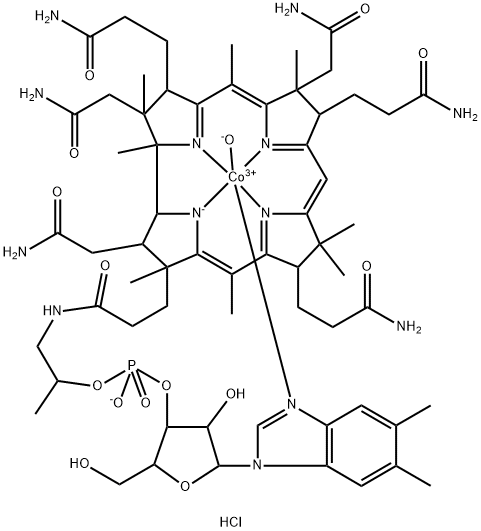
- Chemical Name:hydroxocobalamin monohydrochloride
- CAS:59461-30-2
- MF:C62H89ClCoN13O15P
- Structure:

- Chemical Name:82999, 237NpO2 (V encapsulated)
- CAS:58670-16-9
- MF:NpO2
- Chemical Name:HPLC PEPTIDE STANDARD MIXTURE
- CAS:
- MF:
- Chemical Name:POLYWAX 500
- CAS:
- MF:
- Chemical Name:HYDRANAL-COULOMAT E
- CAS:
- MF:
- Chemical Name:ENDOTOXIN STANDARD
- CAS:
- MF:
- Chemical Name:CYTIDINE PHOSPHATES HPLC MARKER
- CAS:
- MF:
- Structure:

- Chemical Name:HEPTADECANOIC ACID TRYPTAMIDE
- CAS:232257-97-5
- MF:C27H44N2O
- Structure:
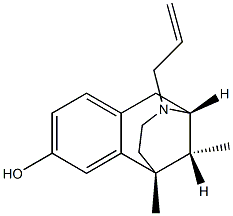
- Chemical Name:N-ALLYLNORMETAZOCINE
- CAS:14198-28-8
- MF:C17H23NO
- Structure:
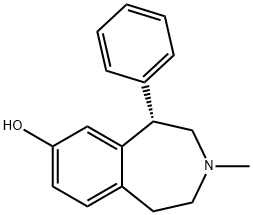
- Chemical Name:S(-)-SCH-23388 DES-CHLORO- HCL
- CAS:109010-52-8
- MF:C17H19NO
- Structure:
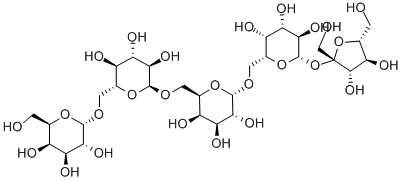
- Chemical Name:VERBASCOSE
- CAS:546-62-3
- MF:C30H52O26
- Chemical Name:MALDI MATRIX, UNIVERSAL
- CAS:
- MF:
- Chemical Name:ZINC ALUMINUM COPPER ALLOY
- CAS:
- MF:
- Structure:
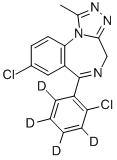
- Chemical Name:TRIAZOLAM-D4
- CAS:145225-04-3
- MF:C17H8Cl2D4N4
- Chemical Name:CONTRACT LAB PROGRAM AA/ICP HYDROCHLORIC ACID REAGENT/MATRIX BLANK SOLUTION
- CAS:
- MF:
- Chemical Name:LATEX SPHERES
- CAS:
- MF:
- Structure:
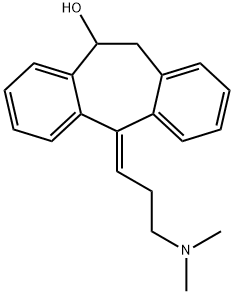
- Chemical Name:AMITRIPTYLINE METABOLITE (+/-)-
- CAS:64520-05-4
- MF:C20H23NO
- Chemical Name:APPLE (DIETARY FIBRE)
- CAS:
- MF:
- Chemical Name:BRAN BREAKFAST CEREAL (DIETARY FIBRE)
- CAS:
- MF:
- Chemical Name:MUSSEL TISSUE (TRACE ELEMENTS)
- CAS:
- MF:
- Chemical Name:HUMAN SERUM (PROGESTERONE)
- CAS:
- MF:
- Chemical Name:GENOMIC DNA OF LISTERIA MONOCYTOGENES (4B, NCTC 11994)
- CAS:
- MF:
- Chemical Name:EPA 8270 BASE/NEUTRALS SURROGATE*SPIKE MIX
- CAS:
- MF:
- Chemical Name:HYDROUS BENZOYL PEROXIDE - REFERENCE SPECTRUM
- CAS:
- MF:
- Chemical Name:HEPARIN LOW-MOLECULAR-MASS FOR CALIBRATION CRS
- CAS:
- MF:
- Chemical Name:OXYTOCIN/DESMOPRESSIN VALIDATION MIXTURE
- CAS:
- MF:
- Chemical Name:POTASSIUM CLAVULANATE - REFERENCE SPECTRUM
- CAS:
- MF:
- Structure:

- Chemical Name:ESTRADIOL FOR PEAK IDENTIFICATION
- CAS:
- MF:C18H24O2
- Structure:

- Chemical Name:PALLADIUM MATRIX MODIFIER SOLUTION
- CAS:
- MF:Pd